SUMMARY
This is AI generated summarization, which may have errors. For context, always refer to the full article.
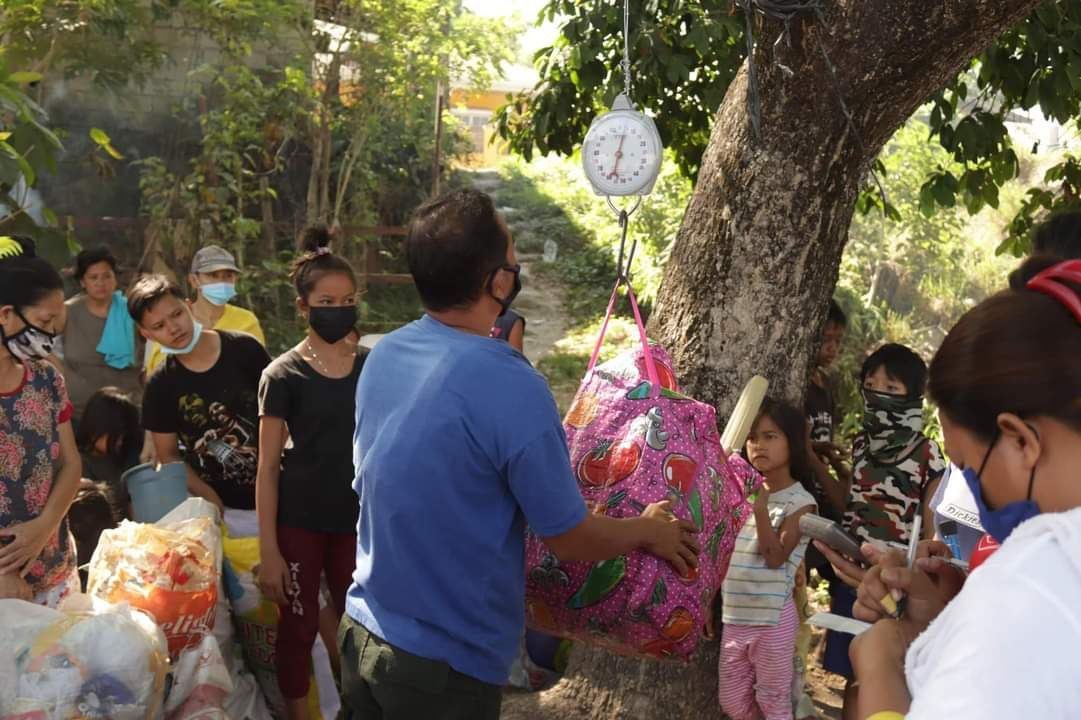
ANGELES CITY, Philippines — A kilo of plastic in exchange for a kilo of rice. That’s a no-brainer for Angeles City residents who have stepped up to protect the environment while helping put additional food on their family table.
Weng Ora, a resident of Barangay Sapangbato, told Rappler on Wednesday, February 8, that her family managed to exchange plastic for 45 kilos of rice on December 29, 2022.
The city government sets a 15-kilo collection cap for every person with a barangay identification card. Ora’s household has four adults with these IDs. They all pitch in to help collect plastics, turning over their stash every two months.
Ora’s husband cleans streets in Clark, the former military base turned special economic zone, and scrounges for plastic, picking up discarded shampoo sachets and snacks’ packaging material.
“Nag-iipon na talaga kami ng plastic. Malaking tulong talaga sa amin yan kasi malakas kaming magkanin eh,” she added in jest. (We go out of our way to collect plastic. It’s a big help since we are all big eaters.)
A kilo of rice, by conservative estimates, can feed six persons – the size of Ora’s household.
Her family consumes an average of three kilos daily. Those 45 kilos of rice – worth P1,800 at the cheapest price of P40/kilo – represent 15 days or a fourth of their two-month rice rations.
That’s a major savings for Ora, who does domestic chores for a bed and breakfast establishment to augment the earnings of her street-sweeper husband.
The family hopes that at the next collection round on February 27 and 28, each eligible adult can hit the maximum limit.
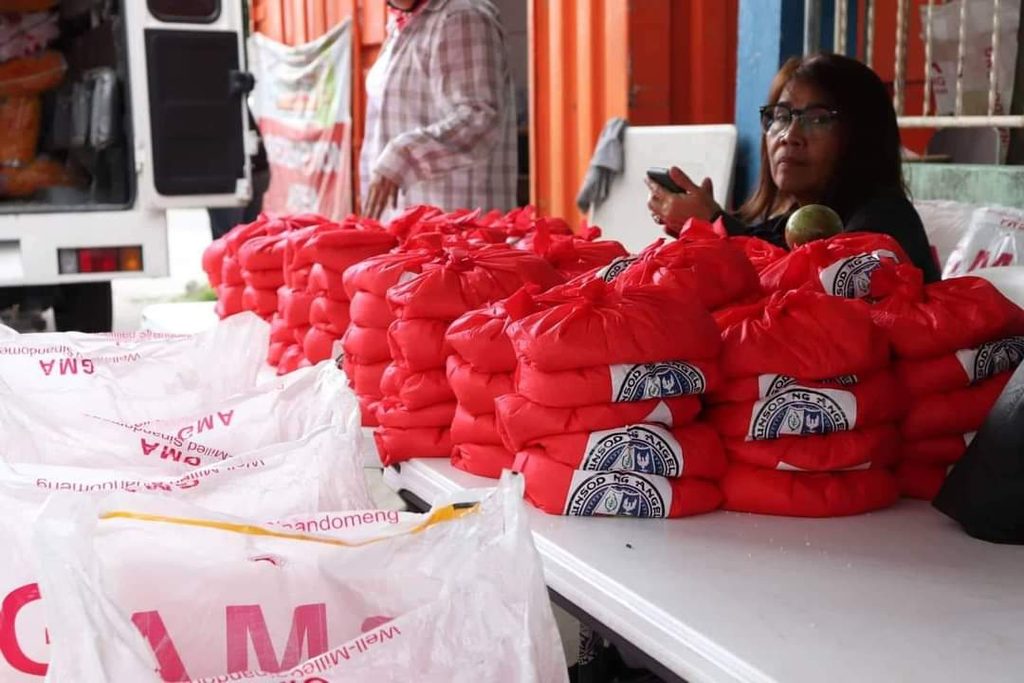
Plastic-to-cement
This highly-urbanized, independently administered city in Pampanga province has collected 1,776,209 kilos of plastic and handed out the same volume in rice one year since the launch of “Walang Plastikan Bigas Palit Project.”
The collection and payout take place either in communities or at the redemption booths around city hall.
Among the city’s 33 barangays, Balibago has the highest number of plastic-to-rice exchange with 123,592 kilos, followed by Anunas with 115,671; Cutud with 97,334; Cutcut with 75,602; and Pulung Maragul 73,568.
The redemption booths collected 473,732 kilos of plastic.
The program launched in January 2022 by Mayor Carmelo G. Lazatin Jr. sells the collected plastic to cement companies, with earnings turned over to the city treasurer’s office.
The city has a partnership with Republic Cement and Building Materials Inc., which buys the polyethylene plastic, polystyrene packaging material, and other non-recyclable combustibles to manufacture cement.
Polyethylene plastics can serve as an alternative fuel to manufacture cement, said Angela Edralin-Valencia, the firm’s managing director in September 2022 during a meeting with the city government.
A metric ton of shredded waste can be converted to 10 bags of cement.
The city has also purchased a plastic shredder machine to hasten the recycling of collected plastics into brick pavers.
All of the cement produced from the project, as well as the brick pavers will be solely used in the administration’s projects and minor repairs in public schools.

Kinks, grassroots woes
City chief adviser IC Calaguas described the whole program as a work in progress.
Important kinks that need to be ironed out are the rising number of people who come from nearby towns to trade their plastic, those who sell the rice they receive for waste, or businesses that try to exploit the program.
“Kasi strictly dapat yung mga plastik na papalitan namin, household plastic lang, Calaguas told Rappler. “Eh, merong mapagsamantalang junk shop, yung mga plastic sa kanila pinapalitan ng bigas tapos ibebenta nila yung bigas na nakukuha nila. So yan, mino-monitor din namin yan.”
(The program is strictly for household plastic but some opportunistic junk shop operators exchange their plastic for rice and then sell what they get. So we’re monitoring that.)

Lazatin told Rappler on January 30 that Angeles City’s solid waste disposal remains problematic.
Garbage has to be trucked straight to dump sites in other towns because no local barangay has allowed transfer stations.
The mayor said barangay captains should establish their own material recovery facilities (MRFs) to minimize solid waste collection from the households.
The barangays and the city government are directly dumping in Tarlac sa Kalangitan, Calaguas said in a phone interview on February 8.
The city also transferred the destination of trash from bigger barangays like Balibago, Cutud, Pulung Maragul, and Pandan to the Porac dumpsite in January.
The refusal of barangays to host transfer stations means greater transport costs for the city’s trash, the city official stressed.
-Rappler.com
Add a comment
How does this make you feel?
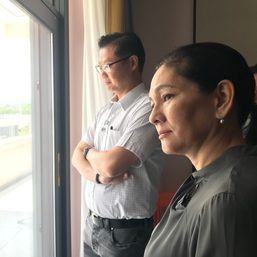
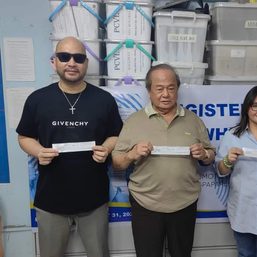
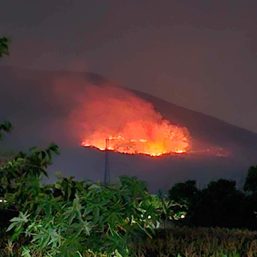
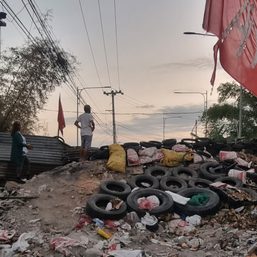

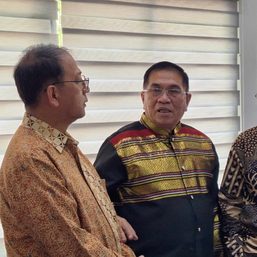
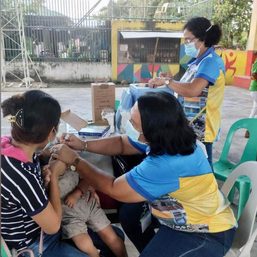
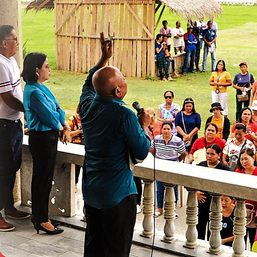
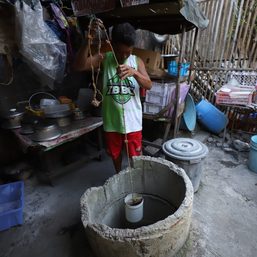
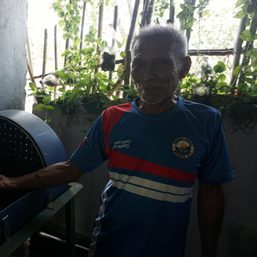
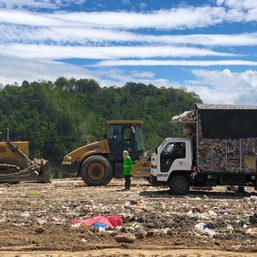
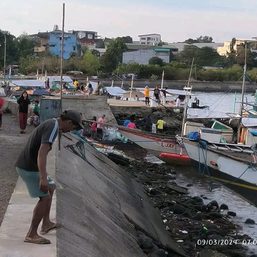
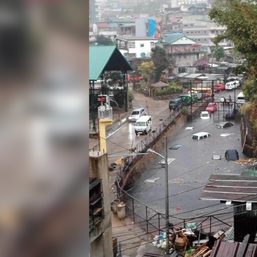
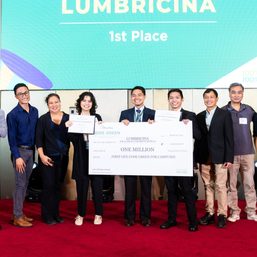
There are no comments yet. Add your comment to start the conversation.